When looking at Pachinko and Pachislot, many people will notice that they are all models of anime works. Especially if foreigners will come to Japan for the first time they will see them, they will be surprised at how different they are from casino slots. When I was working part-time at a game center, I learned a few things from pachinko and pachislot vendors and from reading related books. Based upon that knowledge, I will be explaining in my way why anime is widely used in Pachinko and Pachislot.
Easy to manufacture
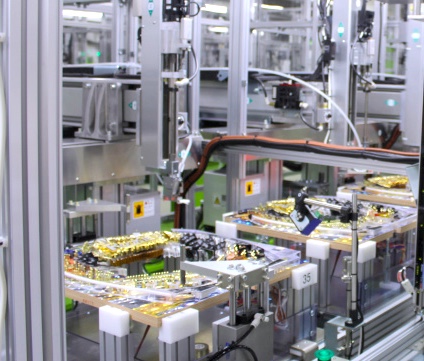
One of the most important factors in manufacturing Pachinko and Pachislot machines is the type of presentation to be created. If the enemies and allies are clear and the goal of the story is easy to understand, it is easy to create.
In Pachislot, the story generally progresses as the number of sets increase. If you can see the ending, you will get several thousand medals. If you want to make an original animation from scratch, you quite need a story. If that’s the case, it’s easier to take the story of the original anime and rearrange it slightly. Even if you want to make a sequel, you only need to reflect on the previous work and make it your own, so there is no need to go through all the trouble.
Low copyright fees for anime
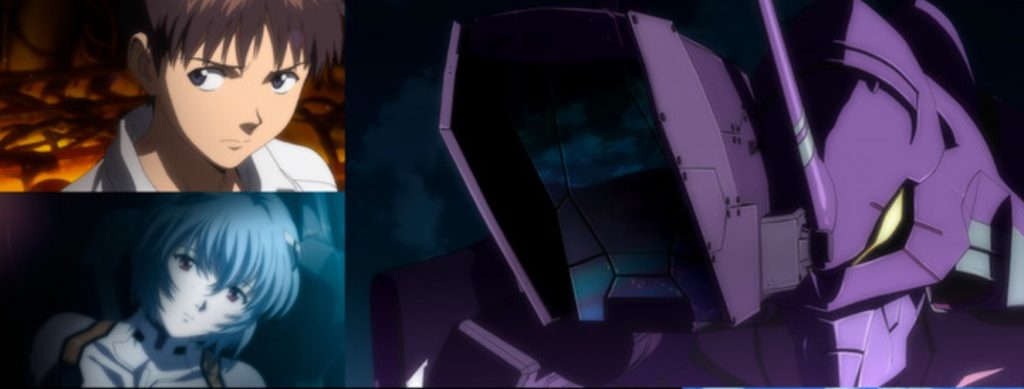
Compared to dramas with human actors, copyright fees for animes are cheap. It takes a huge licensing fee to make a drama into a pachinko game. This is because due to copyright issues, permission must be obtained from all actors and other members of the cast. It implies that anime, for which the production committee owns the copyright in its entirety, and manga for which only the author’s permission is required, they are ideal for pachinko tie-ups.
The minimum guaranteed licensing fee for anime, regardless of whether it is a large or small work (project), is approximately 20-30 million yen. In addition to the license fee, royalties are also paid on top of the license fee, which is about 2,000 to 3,000 yen per unit. The initial shipment of Pachinko machines is estimated to be about 10,000 units. In other words, just by granting a license contract for Pachinko, the animation production company will receive 40 to 60 million yen regardless of whether the machine is a hit or not.
パチンコがアニメだらけになった理由 安藤健二
The production cost of a late-night anime is about 20 million yen per episode, and the cost of a season (13 episodes) is 260 million yen, and if you include broadcasting costs and advertising costs, it comes to about 300 million yen.
It is not easy to recover such a large amount of money, so it is a thought that the anime industry has also saved in some ways.
Incidentally, thanks to the success of the Pachinko game, the production company was able to get plenty of money to produce the Shin Evangelion movie version.
Also, here are some works with such expensive copyrights.
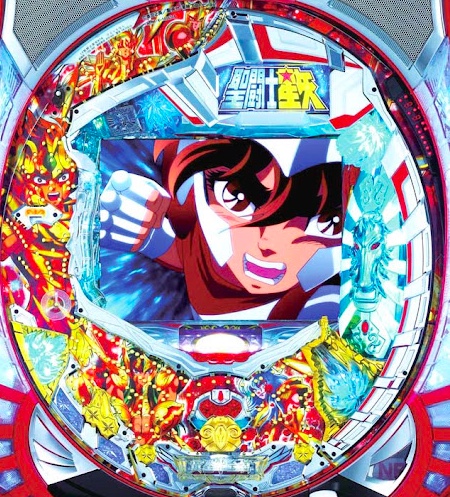
- Zatch Bell! (Konjiki no Gash!!): 200 million yen
- The Melancholy of Haruhi Suzumiya (Suzumiya Haruhi no Yuuutsu): 1 billion yen
- Saint Seiya: 1.5 billion yen
These are just rumor-level stories, but if the anime is popular from the start, the price is high.
Publicity
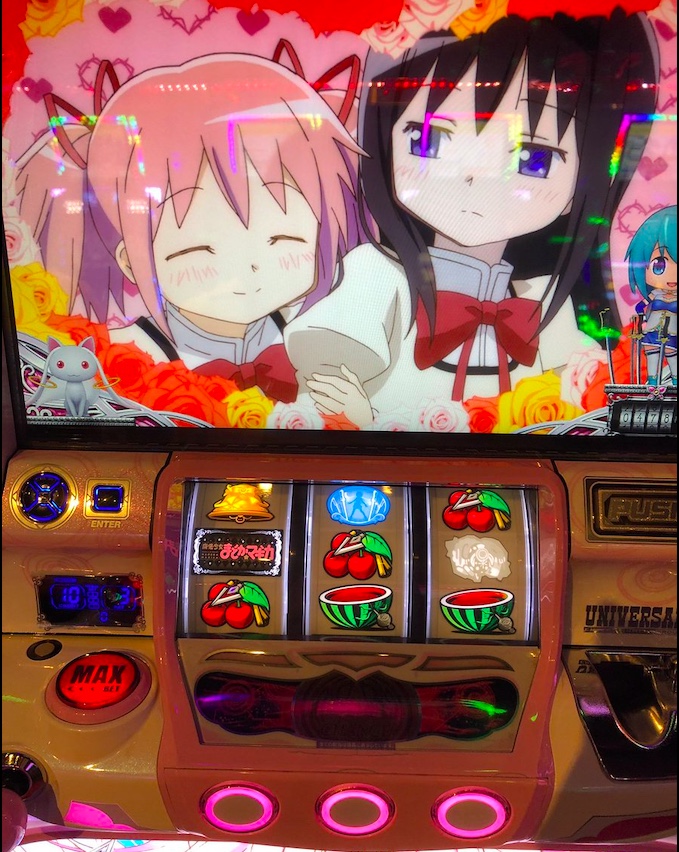
When Puella Magi Madoka Magica was made into a Pachislot game, even people who don’t normally play Pachislot started playing it, and for a while, the seats were always occupied. This happened because Puella Magi Madoka Magica was originally a popular work, but the opposite pattern also exists. It is not an exaggeration to say that these two works, Sousei no Aquarion and GARO, became popular because of Pachinko and Pachislot. Evangel Ion, which has always been popular among some people, also became popular among many people because of Pachinko.
The reason why this happens is that when a pachinko game is released, the pachinko industry puts out commercials and banners in front of stores. It’s free and large-scale promotion of the work. As a result of this effect, many works became popular again the moment they were made into Pachinko machines.
But why do the pachinko companies advertise so much? To answer this question, we first need to understand the structure of the pachinko industry. The Pachinko industry is made up of two components: the manufacturers; who produce the Pachinko machines, and the Pachinko parlors who sell them in their stores. The manufacturers are the ones who advertise many animated Pachinko machines.
If there is a lot of publicity, customers who see it in commercials will ask pachinko parlors, “Is that machine in stock yet?
If this happens, pachinko parlors will be forced to sell them. This creates a situation where pachinko parlors are forced to purchase new machines from the manufacturers.
In other words, pachinko advertising is not aimed at pachinko-sized anime fans, but rather a strategy by manufacturers to get Pachinko parlors to buy their machines.
In my opinion, it’s a good business model if the popularity of the anime is triggered by pachinko, the production company gets paid, a sequel to the anime is made, and then it gets pachinkonized again.
However, since gambling such as pachinko and Pachislot may still have a negative image, many originally popular anime is not made into Pachinko (including the ones with high licensing fees).
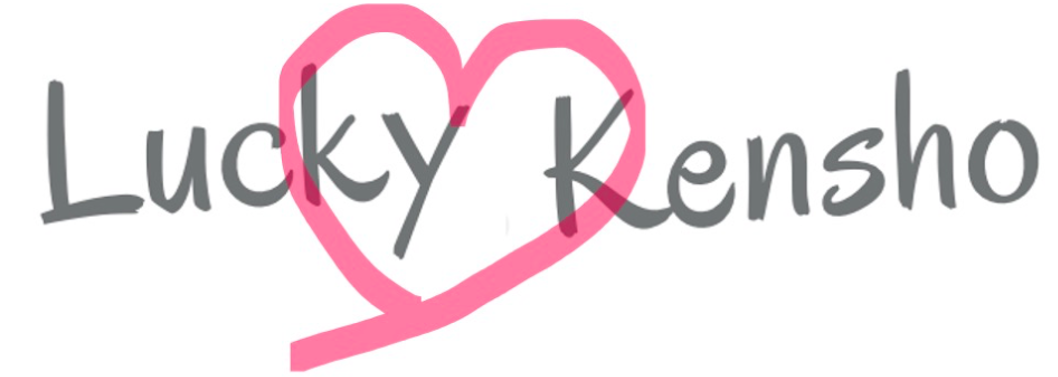
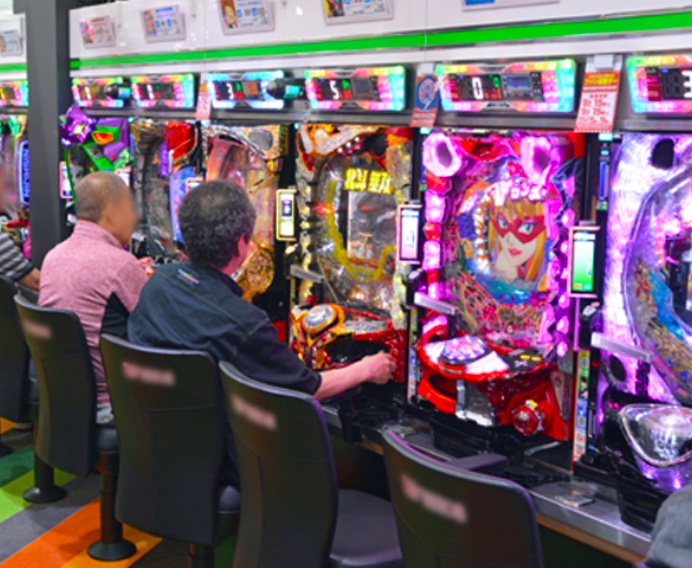


Comments